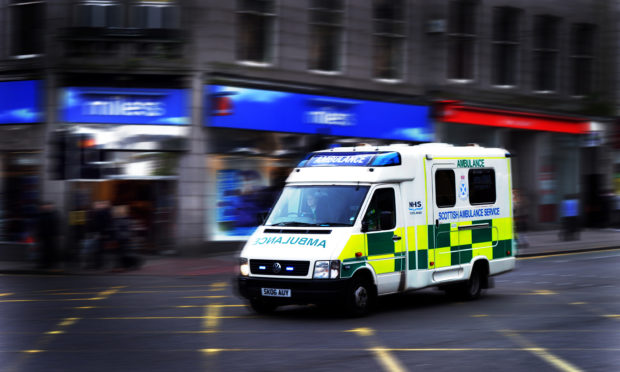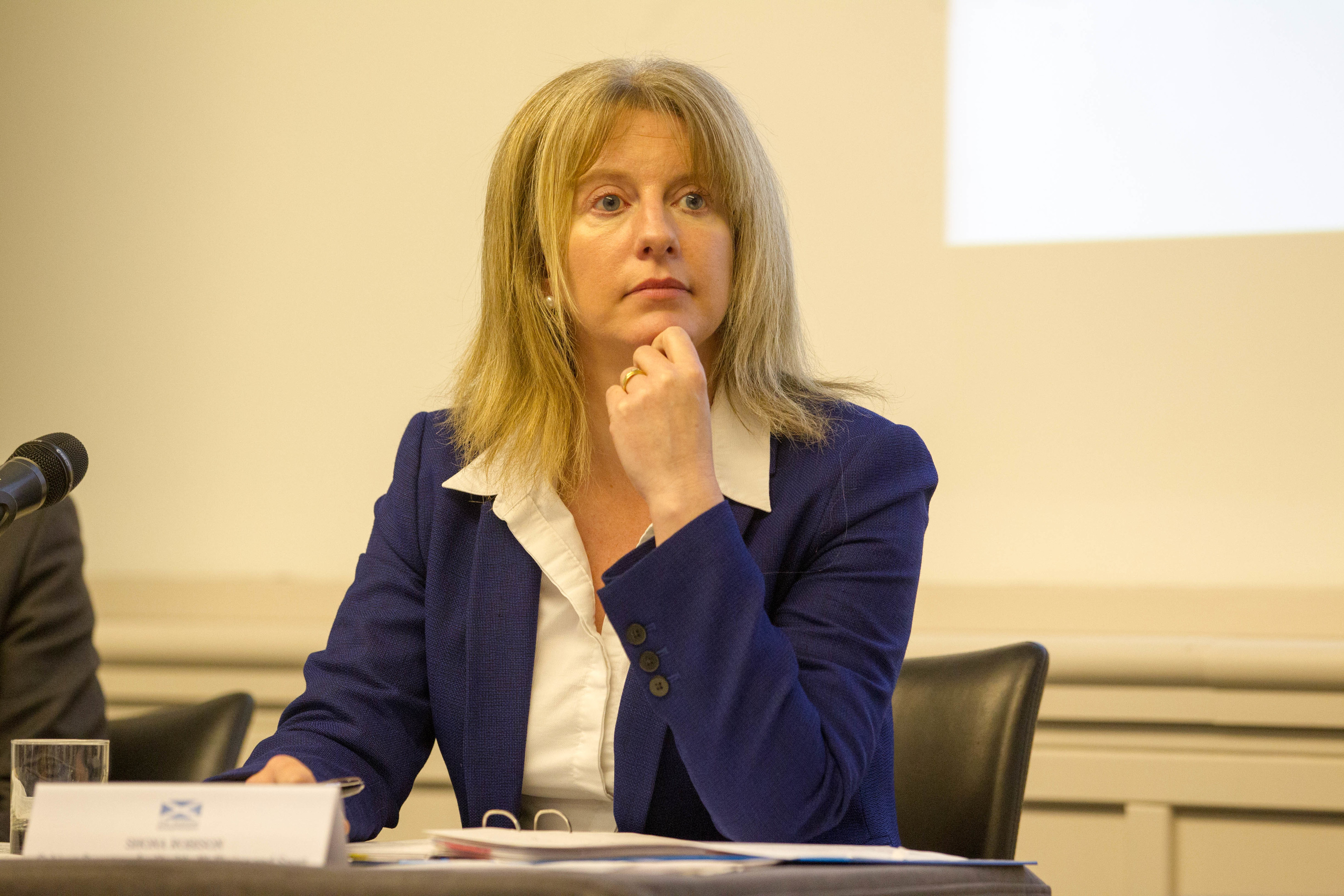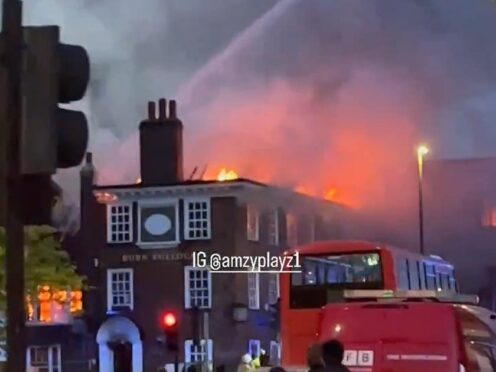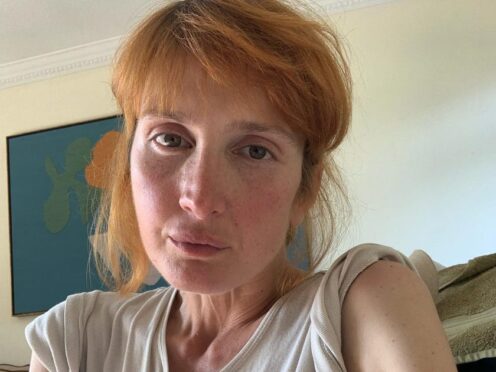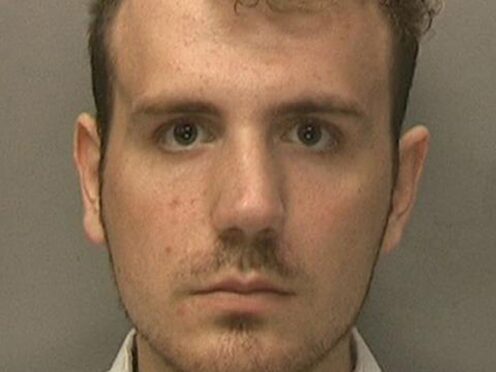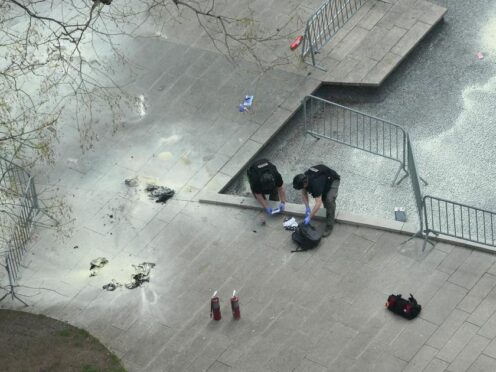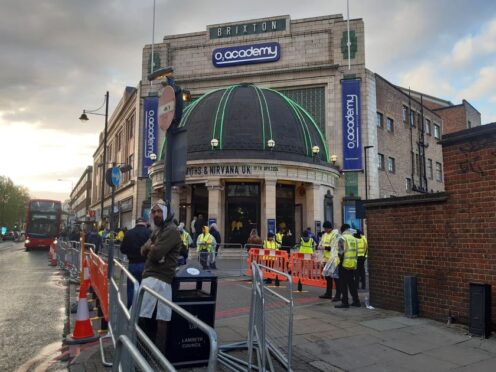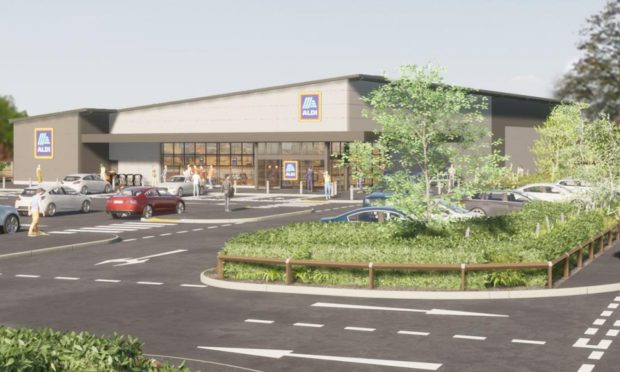The Scottish Ambulance Service in Tayside and Fife has been forced to deal with an increasing number of hoax calls, according to new figures.
A Courier investigation uncovered the rise in prank calls, costing the service almost 30 hours last year.
A total of just under 150 hours have been wasted in the past five years by hoax callers across the region.
Fifers made the highest number of calls in that period, 304, followed by Dundonians on 215.
Ambulances in Angus were called to 82 hoax incidents, while in Perth and Kinross it was 49.
A total of 146 hoax calls were made across Tayside and Fife last year — the highest annual figure in five years.
Health Secretary Shona Robison, who also represents Dundee City East, said: “The Scottish Government condemns hoax calls to our emergency services.
“These are not victimless pranks and they can potentially distract vital resources and attention away from those who are in life threatening situations.
“The Scottish Ambulance Service have been clear that when appropriate, malicious or nuisance callers are reported to the police who will investigate and act accordingly.”
A spokesperson for the Scottish Ambulance Service said they could not be sure of what was behind the increase in calls.
They added: “Ambulance crews respond to just under 737,000 accident and emergency incidents per year across Scotland. Anyone who calls 999 without a genuine need is potentially putting lives at risk by tying up valuable resources that could be needed to respond to a life threatening call.
“When appropriate, malicious or nuisance callers are reported to the police, however in many cases the call is the result of a mental health issue, rather than malice and the patient may still need help. In these cases the relevant agencies are advised so that appropriate care can be provided.”
Earlier this year The Courier also uncovered figures showing a hoax call crisis in the Scottish Fire and Rescue Service (SFRS).
Prank callers had wasted almost 400 hours – the equivalent of a full fortnight – of fire crews’ time in Tayside and Fife in the last five years.
In both Fife and Dundee, an average of more than an entire day was wasted each year.
Local senior officer for SFRS Colin Grieve said: “Our firefighters stand on the front line to protect the public whenever and wherever emergencies arise.
“It is extremely disappointing when someone knowingly makes a malicious call – diverting our resources and putting their own community at risk should a real emergency occur.”
Dundee accounted for 534 of the false alarms, the highest of any of the four local authority areas. Angus had the lowest, 127, while Fife and Perth and Kinross had 434 and 197 respectively.
Malicious calls make up around 3% of SFRS incidents across the country compared to 11% from false alarms made with good intent.
